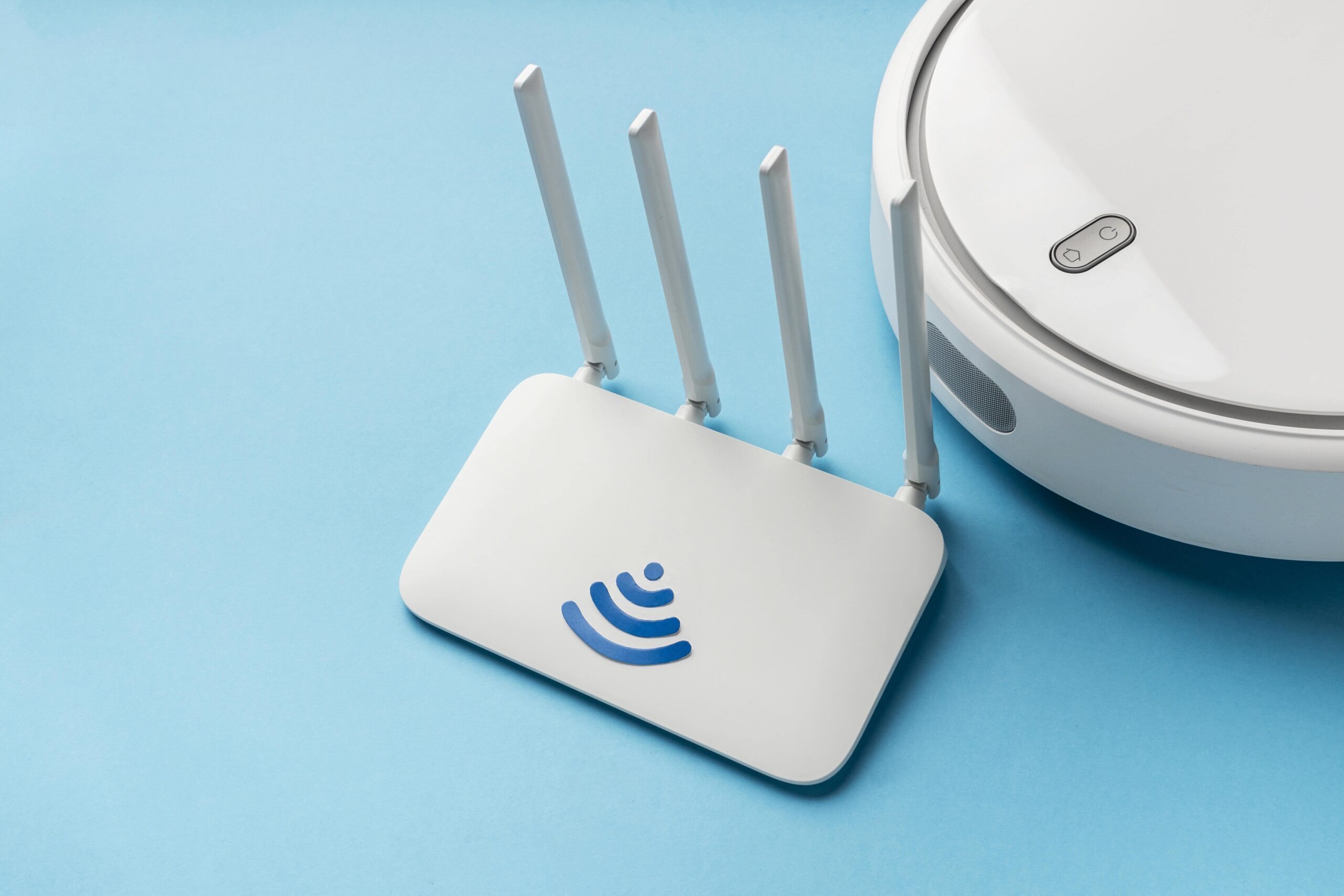What is the difference between 2.4 GHz, 5 GHz, and 6 GHz wireless frequencies?
The main differences between wireless frequencies are their range (coverage) and bandwidth (speed).
2.4 GHz Band: This frequency provides the broadest coverage but transmits data at slower speeds. It is commonly used by many devices, including microwaves and garage door openers, leading to potential interference and overcrowding since it has only 11 channels.
5 GHz Band: This frequency offers less coverage but higher data transmission speeds compared to the 2.4 GHz band. It experiences less overcrowding because fewer devices use it, and it has 23 channels available, reducing interference.
6 GHz Band: Exclusive to the latest WiFi standards, this band provides the least coverage but the highest data transmission speeds among the three frequencies. Introduced with WiFi 6E, it supports almost twice as many channels as the 5 GHz band and is reserved for devices that support WiFi 6E and newer standards, reducing interference and network congestion significantly.
Higher frequencies (5 GHz and 6 GHz) cannot penetrate solid objects as effectively as lower frequencies, resulting in reduced range but allowing faster data transmission. If your WiFi connection suffers from interference or overcrowding on the 2.4 GHz band, switching to the 5 GHz or 6 GHz band can help improve performance and speed.
